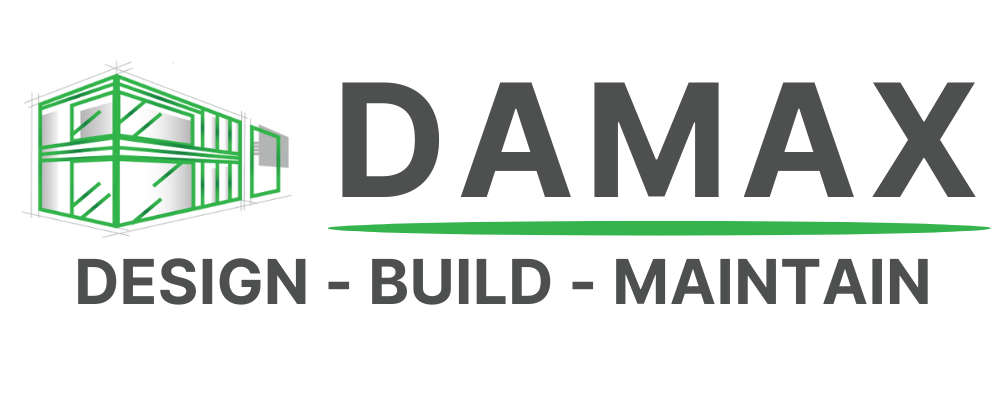Internal Wall Cracks: What They Mean and When to Act
Structural Engineering
Noticing cracks on your internal walls can be worrying, especially if you’re unsure whether they’re harmless or a sign of a deeper issue. Whether you’re dealing with small hairline cracks or something more serious, it’s important to understand the causes, types, and when to seek expert help.
Cracks in internal walls can appear for various reasons. While some are cosmetic and easily repaired, others may be early signs of structural damage. From hairline cracks in a plastered wall to larger gaps near door frames or ceilings, each one tells a story about the condition of your home. That’s why recognising the type and location of cracks is vital. It helps you decide whether you can safely patch them up — or need to call in a structural specialist.
Understanding the Types of Cracks in Walls
There are several types of cracks that can appear in an interior wall. These include:
• Hairline cracks: Very fine cracks, usually less than 1mm wide. Common in newly plastered walls or areas with minor settling.
• Vertical cracks: Often found running between the ceiling and floor, typically along the line of a stud or support. Depending on their size and location, they could suggest movement or shrinkage.
• Horizontal cracks: More concerning than vertical ones, especially if they appear at ceiling height or halfway up the wall. These may indicate pressure or bowing in the wall structure.
• Diagonal cracks: Found near doors or windows, these often point to foundation movement or shifting structural elements.
• Step cracks: Usually seen in brick or block walls following the mortar lines.
These are common signs of subsidence or ground movement.
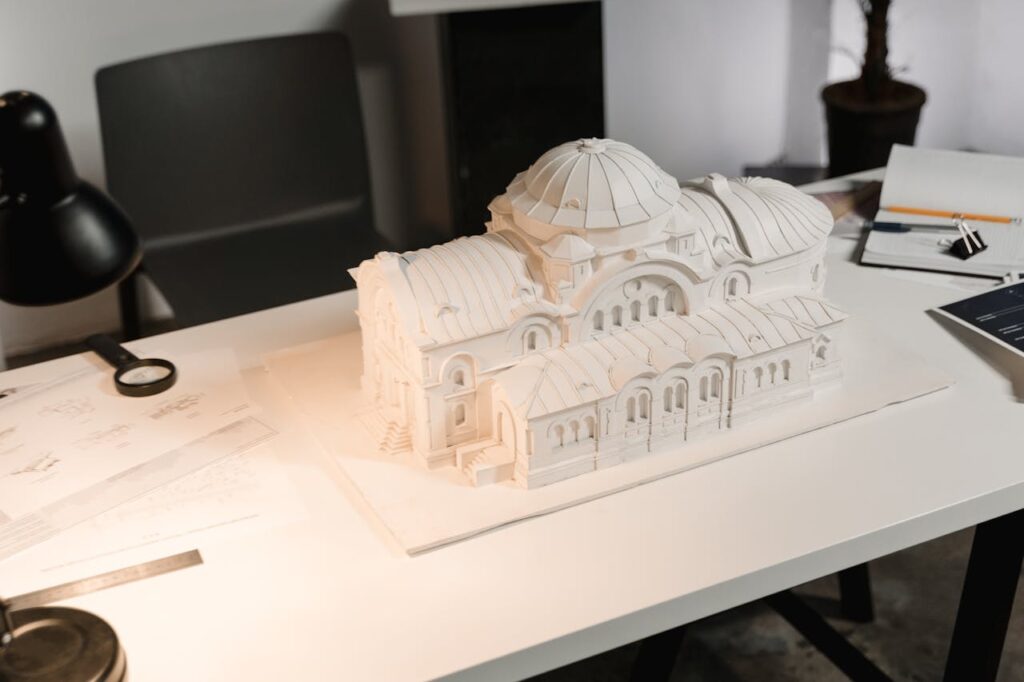
Why Do Internal Walls Crack?
Cracks can develop for many reasons, ranging from natural wear and tear to more serious structural issues. Some common causes include:
• Drying and shrinkage: As new plaster dries, it can contract slightly and cause minor cracks — especially in corners and near joints.
• Thermal expansion and contraction: Seasonal temperature changes can make building materials expand and contract, leading to stress and cracking.
• Structural movement: Over time, homes naturally settle. But excessive movement might point to deeper structural problems such as unstable foundations or subsidence.
• Moisture: Leaks, rising damp, or poor ventilation can weaken a wall’s materials and cause cracking.
• Faulty construction: Poor workmanship, inadequate support, or incorrect materials can result in early cracking in walls and ceilings.
Are Your Cracks a Sign of Structural Problems?
Small hairline cracks in a plastered wall are common and typically easy to fix. However, when the cracks are wider, deeper, or continue growing, they could indicate something more serious. Signs that cracks may relate to structural damage include:
• Cracks wider than 5mm
• Cracks that run diagonally or horizontally, especially near door frames or windows
• Gaps that let in light or air from the other side
• Signs of movement, such as doors that no longer close properly
• Multiple cracks appearing suddenly or expanding over time
If you notice any of these signs, it’s best to consult a local structural expert like Damax Design Solutions. We assess and identify whether you’re facing cosmetic issues or serious structural damage.

Hairline Cracks vs Structural Cracks
Hairline cracks are often less than a millimetre wide and typically result from minor shrinkage, drying, or minor movement. They’re common in both new and old homes, especially after plastering or seasonal changes.
Structural cracks, on the other hand, may be wider, deeper, and grow over time. They usually signal underlying problems with the foundations, load-bearing walls, or even the roof structure.
Cracks in walls that appear in multiple places or worsen during certain times of year may suggest ground movement or signs of subsidence.
Why You Shouldn't Ignore Cracks Near Door Frames
Cracks forming around door frames can signal more than simple settling. If your door no longer fits properly in its frame, or if cracks widen over time, these may be symptoms of structural shifts. This could relate to load bearing walls or movement within the foundation. Acting early can prevent small structural issues from becoming costly problems down the line.

When to Call in the Experts
If you’re unsure whether you’re dealing with surface-level damage or something more significant, it’s always better to get a professional opinion.
At Damax Design Solutions, we carry out full surveys to assess:
• Internal wall movement
• Potential structural issues
• Signs of subsidence
• Cracks in walls, ceilings, and plasterwork
• Load bearing walls and their condition
We use precise diagnostic tools and industry expertise to determine the best course of action, whether that’s simple repairs or a more detailed structural solution.
Repairing Internal Wall Cracks
The best approach depends on the type and severity of the crack:
• Hairline cracks can often be repaired using filler and repainted after light sanding.
• Wider or deeper cracks may require raking out, mesh reinforcement, and professional plastering to prevent future movement.
• Structural cracks typically need a full assessment and repair plan involving a structural engineer.
This might include reinforcement, underpinning, or major renovation.
Damax Design Solutions always starts with a visual and structural inspection before recommending any remedial works.
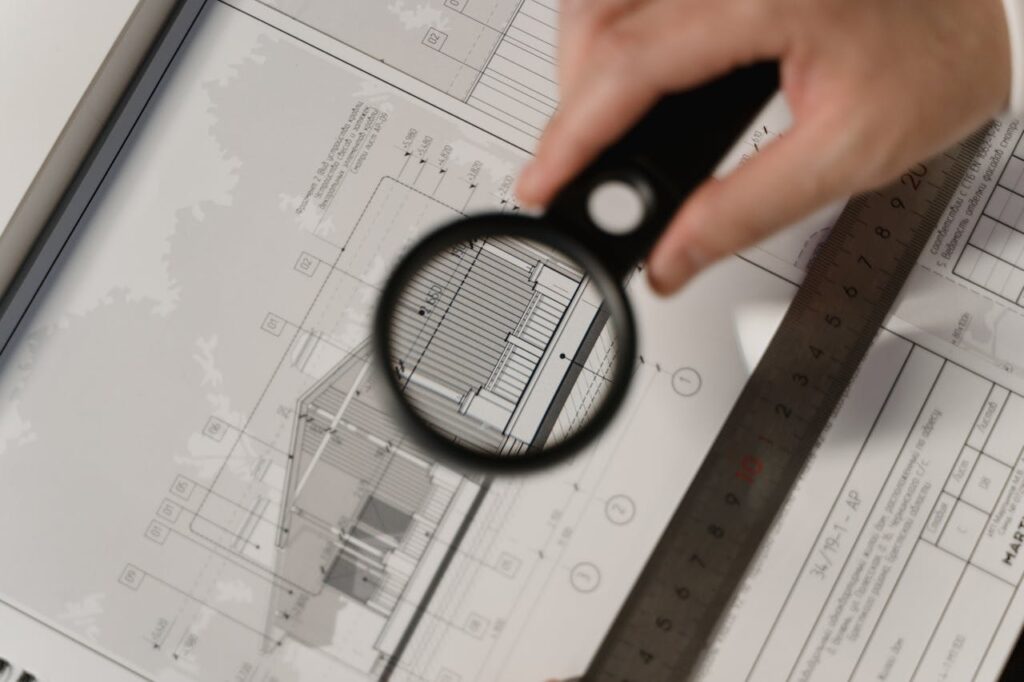
Do Cracks Mean There Are Structural Issues?
Not always — many internal wall cracks are cosmetic. However, it’s the location, pattern, and size of the cracks that matter. If you’re dealing with recurring cracks, vertical cracks growing wider, or diagonal cracks crossing multiple walls, then a deeper investigation is needed. Spotting signs of structural problems early gives you the best chance to prevent serious damage.
Dealing With Signs of Subsidence
Subsidence occurs when the ground beneath your home shifts or sinks. This can create significant strain on the structure above, leading to cracks in interior walls, especially those running diagonally. Typical signs of subsidence include:
• Cracks wider than 3mm
• Step cracks in external brickwork
• Cracks appearing suddenly after dry weather
• Doors and windows sticking or misaligned
If you see any of these, Damax Design Solutions can carry out a structural engineer survey and recommend next steps.
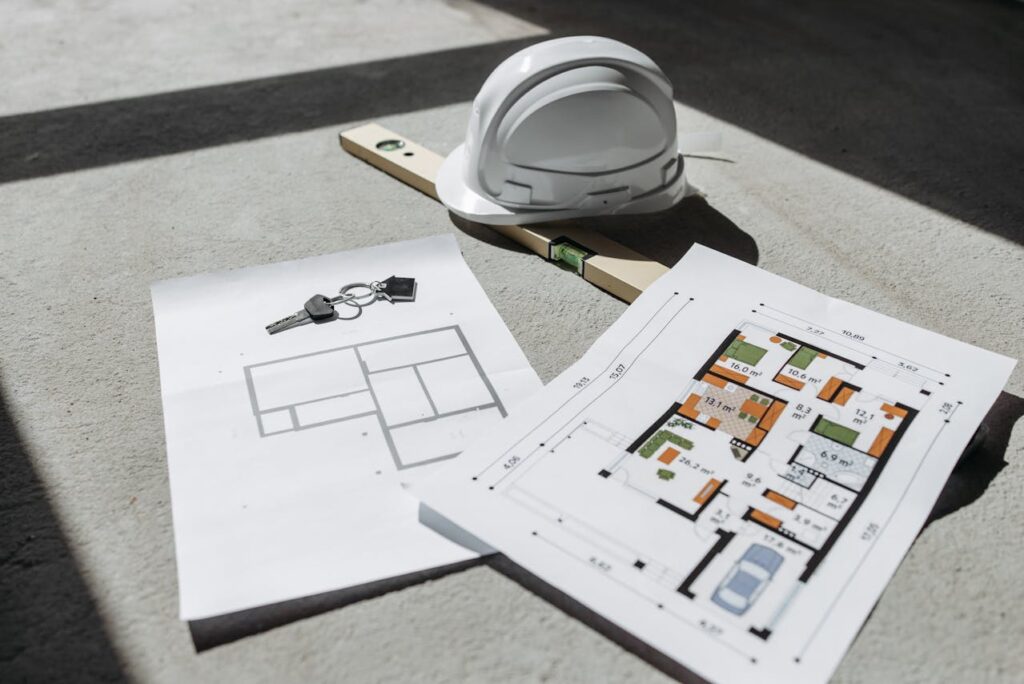
Interior Design and Finishing After Repairs
Once cracks are repaired, interior wall finishes may need updating. Our team can advise on safe plastering, painting, and restoring the aesthetics of your home. A smooth finish not only improves appearance but helps seal and protect the repaired area. If cracks were caused by moisture, we’ll also look at improving airflow or insulation to prevent future issues.
How Damax Design Solutions Can Help
We provide clear advice and practical solutions for anyone experiencing cracks in their internal walls. Whether you need a structural engineer report or simply want reassurance, we’ll guide you through the process.
Our services include:
• Structural assessments and surveys
• Diagnosis of structural issues
• Expert advice on repair methods
• Coordination with builders and contractors
• Design and specification for remedial works
We work closely with homeowners, developers, and contractors across the UK to deliver safe, lasting solutions that meet building regulations.
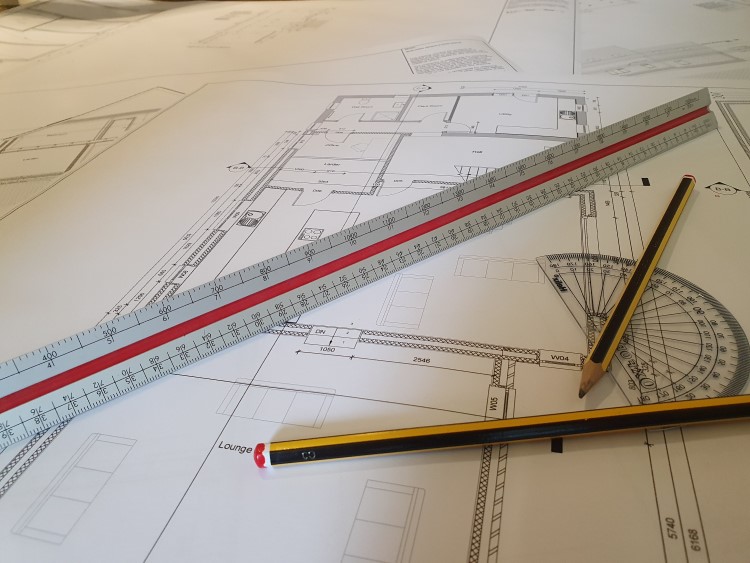
Final Thoughts on Cracks in Internal Walls
Cracks are part of a building’s life, especially as it ages or adapts to seasonal conditions. But while some cracks are harmless, others can be early signs of deeper structural problems. Recognising which is which can save you stress, time, and money.
At Damax Design Solutions, we understand how worrying it can be to spot cracks in your home. That’s why we’re here to help — from initial surveys and assessments to planning repair work and managing your project. Whether you’re facing signs of subsidence, vertical cracks, or ongoing internal wall movement, trust us to provide clear, expert advice.
Need a professional opinion on internal wall cracks? Contact Damax Design Solutions today to book your survey and get peace of mind with our expert structural insight.
